- Lion’s Green: Planting and Care, Types and Varieties – Ultimate Guide
- Introduction
- Planting Lion’s Green
- Caring for Lion’s Green
- Types and Varieties of Lion’s Green
- Conclusion
- Benefits of Planting Lion’s Green
- Choosing the Right Variety of Lion’s Green
- 1. Climate Compatibility
- 2. Size and Growth Habit
- 3. Flower Color and Shape
- 4. Maintenance and Care
- 5. Purpose and Use
- 6. Disease and Pest Resistance
- Essential Steps for Planting Lion’s Green
- Proper Care for Lion’s Green
- Watering
- Light Requirements
- Temperature and Humidity
- Fertilizing
- Pruning
- Potting and Repotting
- Pest Control
- Propagation
- Common Issues
- Common Problems and Solutions for Lion’s Green
- 1. Yellowing Leaves
- 2. Pest Infestation
- 3. Root Rot
- 4. Leaf Spot
- 5. Wilting
- Creative Uses of Lion’s Green in Landscaping
- 1. Border Planting
- 2. Ground Cover
- 3. Container Gardening
- 4. Rock Gardens
- 5. Erosion Control
- 6. Pathway Planting
- 7. Accent Plant
- 8. Edible Landscaping
- Questions and Answers:
- What is Lion’s Green plant and how to take care of it?
- What are the different types and varieties of Lion’s Green plant?
- How often should I water my Lion’s Green plant?
- Can Lion’s Green plant be grown indoors?
- What are some common pests and diseases that can affect Lion’s Green plant?
- How can I propagate Lion’s Green plant?
- Videos: ✂️ CUTTINGS || CORDYLINE SUCKERS || CUTTING ADVICE & TIPS✂️ || NEW BOOK || ALLOTMENT GARDENING
Welcome to the ultimate guide on Lion’s Green! Whether you’re a seasoned gardener or a beginner looking to add some greenery to your space, this article will provide you with everything you need to know about planting and caring for Lion’s Green plants. From the different varieties available to the essential care tips, we’ve got you covered!
Lion’s Green, also known as Melampodium divaricatum, is a popular choice among garden enthusiasts due to its vibrant yellow flowers and lush green foliage. This fast-growing perennial is native to Mexico and Central America but can be grown successfully in various regions. Its hardy nature makes it an excellent choice for both indoor and outdoor gardens.
When it comes to planting Lion’s Green, it’s essential to choose a location that receives full sun or partial shade. These plants prefer well-drained soil and will thrive in both pots and garden beds. To ensure successful growth, it’s recommended to sow the seeds in early spring or late fall. Remember to provide regular watering, especially during dry periods, and avoid overwatering, as this can lead to root rot.
Caring for Lion’s Green is relatively simple. Regular pruning is necessary to maintain its bushy shape and encourage new growth. Deadheading spent flowers will not only improve the plant’s appearance but also promote continuous blooming throughout the season. Additionally, fertilizing every two weeks with a balanced, water-soluble fertilizer will help to keep the plant healthy and vibrant.
In this ultimate guide, we will cover various Lion’s Green varieties, including the popular ‘Lemon Delight’ and ‘Golden Starburst.’ Each variety has its own unique characteristics and growth habits, allowing you to choose the perfect one for your garden or indoor space. Whether you’re looking to add a pop of color to your flower bed or want an easy-to-care-for plant for your home, Lion’s Green is an excellent choice.
Lion’s Green: Planting and Care, Types and Varieties – Ultimate Guide
Introduction
Lion’s Green is a popular type of plant known for its vibrant green foliage and easy care. Whether you are a seasoned gardener or a beginner, this ultimate guide will provide you with all the information you need to plant and care for Lion’s Green plants.
Planting Lion’s Green
When planting Lion’s Green, it is important to choose a location that receives partial shade to full sun. The soil should be well-draining and enriched with organic matter. Dig a hole slightly larger than the root ball and place the plant in the hole, making sure the top of the root ball is level with the soil surface. Fill the hole with soil and gently firm it around the plant.
Caring for Lion’s Green
Water the newly planted Lion’s Green deeply and regularly to establish a strong root system. Once established, water the plant once a week or when the soil feels dry to the touch. Lion’s Green plants are fairly drought-tolerant, so be careful not to overwater them. Fertilize the plant with a balanced slow-release fertilizer in early spring and again in midsummer.
Prune the Lion’s Green to maintain its shape and size. Remove any dead or damaged branches as well as any crossing branches. Pruning can be done in early spring before new growth appears. Lion’s Green plants do not require heavy pruning and can be kept at a desired height and shape with minimal effort.
Types and Varieties of Lion’s Green
Lion’s Green plants come in a variety of types and varieties, each with its own unique characteristics:
- Lion’s Green Compact – A compact variety that is perfect for smaller gardens or containers.
- Lion’s Green Deluxe – This variety has larger leaves and is known for its extra lush foliage.
- Lion’s Green Variegated – This variety has variegated leaves with splashes of white or yellow, adding a touch of color.
Conclusion
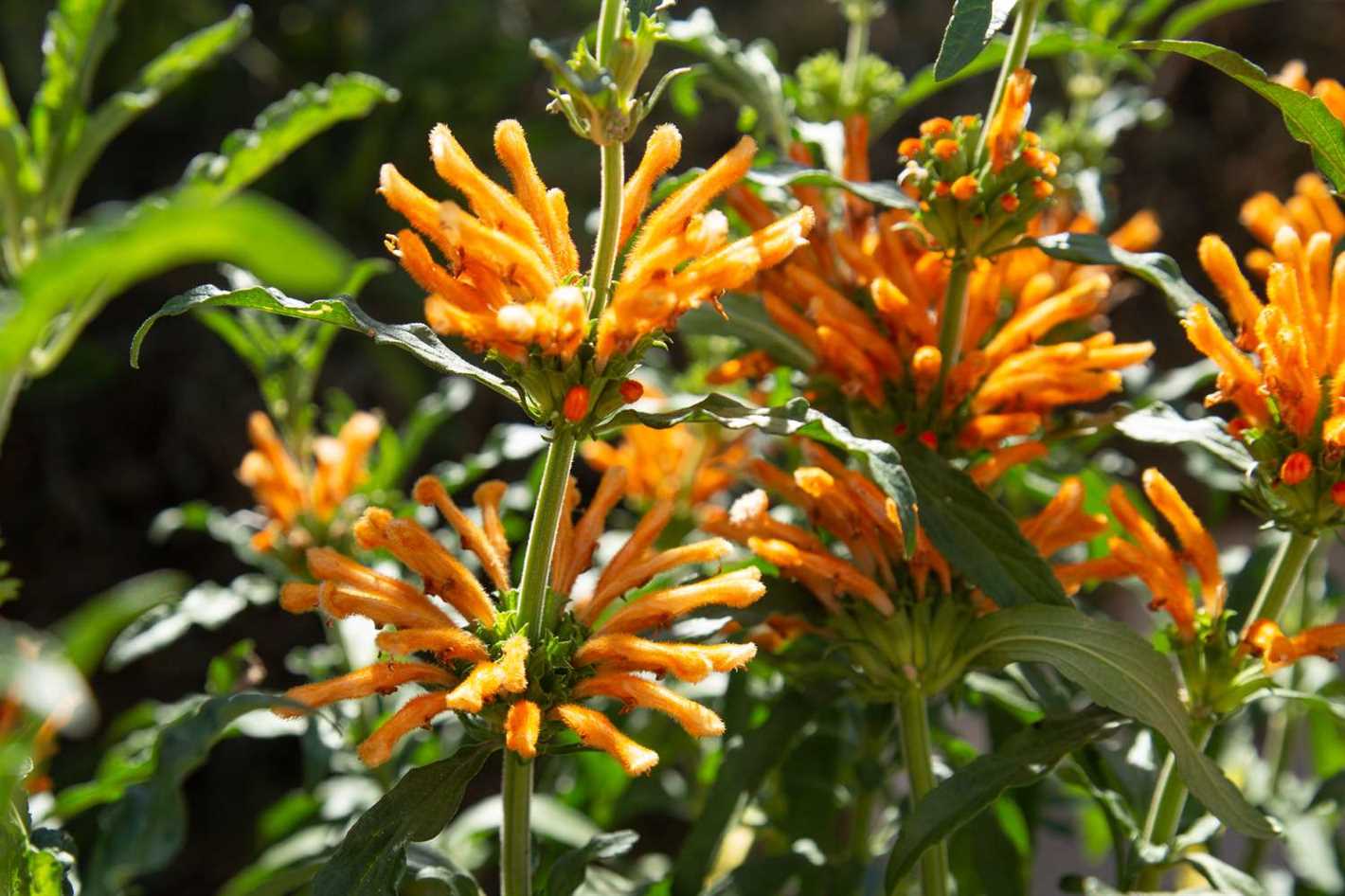
Lion’s Green is a versatile and low-maintenance plant that can add a pop of vibrant green to any garden or container. By following the planting and care tips outlined in this ultimate guide, you can enjoy the beauty of Lion’s Green and its various types and varieties for years to come.
Benefits of Planting Lion’s Green
Lion’s Green is a versatile and attractive plant that offers a range of benefits when planted in gardens. Here are some of the key advantages of planting Lion’s Green:
- Ornamental Value: Lion’s Green is known for its stunning, bright green foliage which adds an aesthetic appeal to any garden or landscape.
- Low Maintenance: This plant is relatively low maintenance, making it ideal for gardeners who are seeking an attractive plant that requires minimal care and attention.
- Drought Tolerance: Lion’s Green has excellent drought tolerance, making it a suitable choice for gardens in dry and arid regions. It can survive with minimal water requirements.
- Soil Adaptability: This plant can thrive in a variety of soil types, including sandy, loamy, and clayey soils. It can also tolerate slightly acidic to slightly alkaline soil pH levels.
- Erosion Control: Lion’s Green has a robust root system that helps prevent soil erosion, making it an excellent choice for gardens on slopes or areas prone to erosion.
- Wildlife Attraction: The bright green foliage of Lion’s Green attracts various pollinators, such as bees and butterflies, enhancing biodiversity in the garden.
- Privacy and Windbreak: When grown in a row or hedge, Lion’s Green acts as a natural privacy screen and windbreak, providing a sense of seclusion and protection from strong wind gusts.
Overall, planting Lion’s Green can enhance the beauty of your garden while offering several practical benefits. Whether you live in a dry climate or are looking for an easy-to-maintain plant, Lion’s Green is a great choice.
Choosing the Right Variety of Lion’s Green
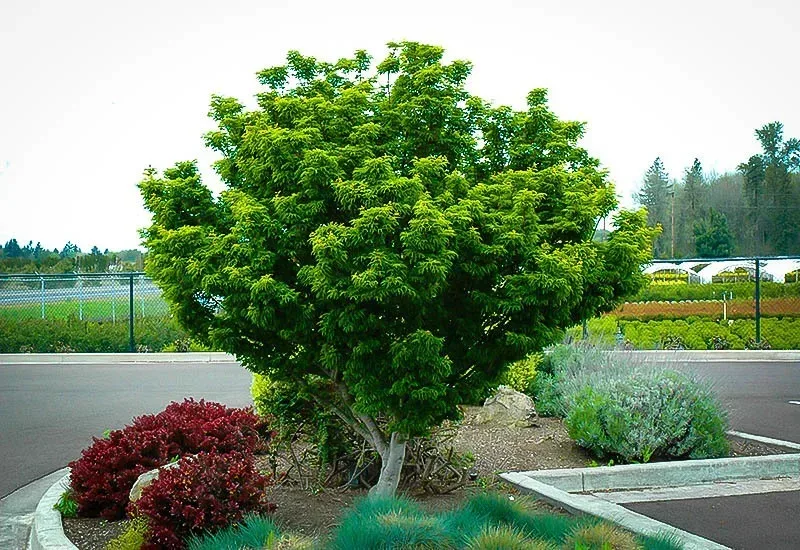
When it comes to Lion’s Green plants, there are several different varieties to choose from. Each variety has its own unique characteristics, so it’s important to consider your specific needs and preferences before making a selection. Here are some tips to help you choose the right variety of Lion’s Green:
1. Climate Compatibility
Before selecting a Lion’s Green variety, consider the climate in your area. Some varieties are better suited for hot and dry climates, while others thrive in cool and humid conditions. Make sure to choose a variety that can withstand the specific climate of your region.
2. Size and Growth Habit
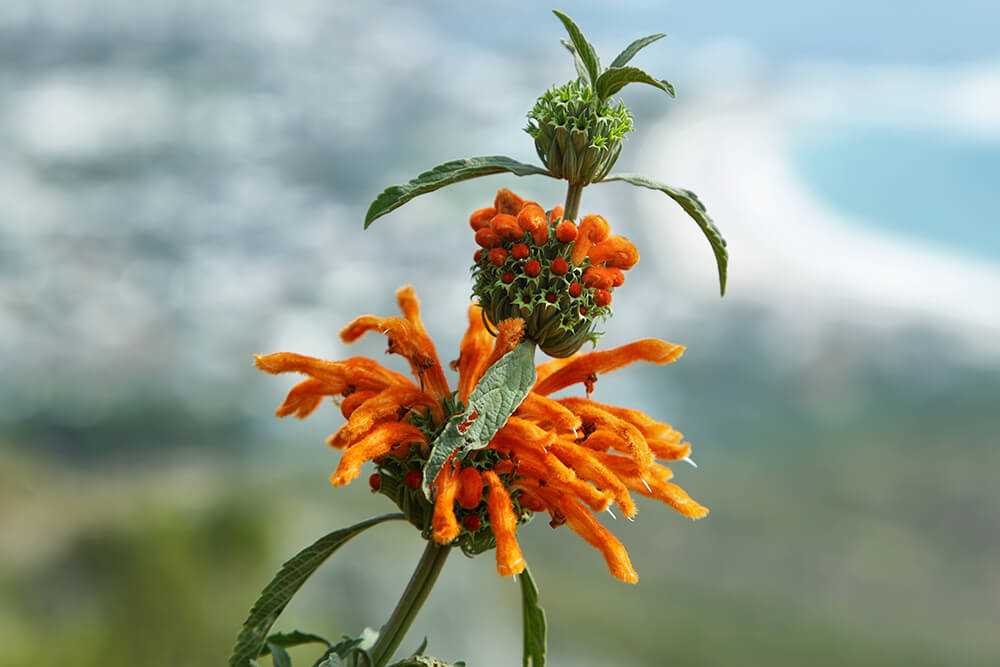
Consider the desired size and growth habit of your Lion’s Green plants. Some varieties are compact and bushy, making them ideal for small gardens or container planting. Others have a sprawling habit and can be used as ground covers or cascading plants.
3. Flower Color and Shape
Lion’s Green plants come in a variety of flower colors, including pink, purple, yellow, and white. Consider the color palette of your garden and choose a variety that complements it. Also, take note of the shape and size of the flowers, as this can vary between different varieties.
4. Maintenance and Care
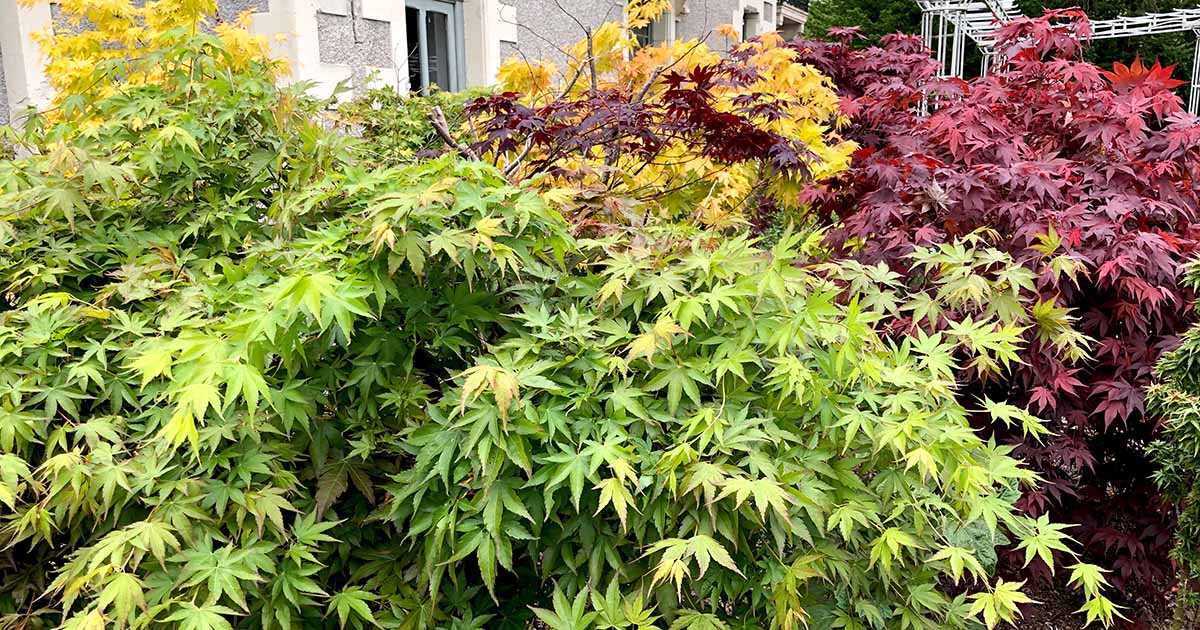
Some Lion’s Green varieties require more maintenance and care than others. Consider how much time and effort you are willing to dedicate to the plant’s care. Some varieties are more tolerant of neglect and can thrive in low-maintenance conditions, while others require regular pruning and fertilizing.
5. Purpose and Use
Think about the purpose and use of your Lion’s Green plants. Are they intended to be used as a focal point in your garden, to create a border or hedge, or to attract pollinators? Different varieties have different strengths and may be better suited for specific uses.
6. Disease and Pest Resistance
Consider the disease and pest resistance of the Lion’s Green varieties you are considering. Some varieties are more resistant to common pests and diseases, while others may require more protection and care. This can affect the long-term health and overall success of your plants.
By considering these factors, you can choose the right variety of Lion’s Green plants that will thrive in your garden and meet your specific needs and preferences.
Essential Steps for Planting Lion’s Green
When it comes to planting Lion’s Green, following the right steps is crucial to ensure its successful growth and establishment. Here are the essential steps to follow when planting Lion’s Green:
- Choose the right location: Lion’s Green requires full sun to thrive, so choose a location in your garden that receives at least 6 to 8 hours of direct sunlight per day. The soil should be well-draining to prevent waterlogging.
- Prepare the soil: Before planting, prepare the soil by removing any weeds, rocks, or debris. Loosen the soil using a garden fork or tiller to a depth of about 6 to 8 inches. This will help the roots to penetrate easily and access nutrients.
- Proper watering: Before planting, thoroughly water the soil to provide a moist environment for the Lion’s Green’s roots.
- Planting: Dig a hole slightly larger and deeper than the plant’s root ball. Gently remove the Lion’s Green from its container and place it in the hole. Ensure that the top of the root ball is level with the soil surface.
- Backfill: Fill the hole with soil, making sure to eliminate any air pockets. Lightly firm the soil around the plant but avoid excessive compaction, as this may hinder root growth.
- Watering: After planting, water the Lion’s Green thoroughly to help it settle in. Ensure that the soil is consistently moist but not waterlogged. Water deeply and regularly, especially during hot and dry periods.
- Mulching: Apply a layer of organic mulch around the base of the Lion’s Green plant to conserve moisture, suppress weed growth, and regulate soil temperature. Keep the mulch a few inches away from the stem to prevent rot.
- Regular maintenance: Regularly check the soil moisture and water accordingly. Fertilize the Lion’s Green plant as recommended for your specific variety. Prune any dead or damaged foliage to promote healthy growth.
- Monitoring: Keep an eye out for any signs of pests or diseases. Treat any issues promptly to prevent further damage to the Lion’s Green plant.
By following these essential steps, you can ensure proper planting and care for your Lion’s Green, leading to a beautiful and healthy plant that will enhance the beauty of your garden.
Proper Care for Lion’s Green
Watering
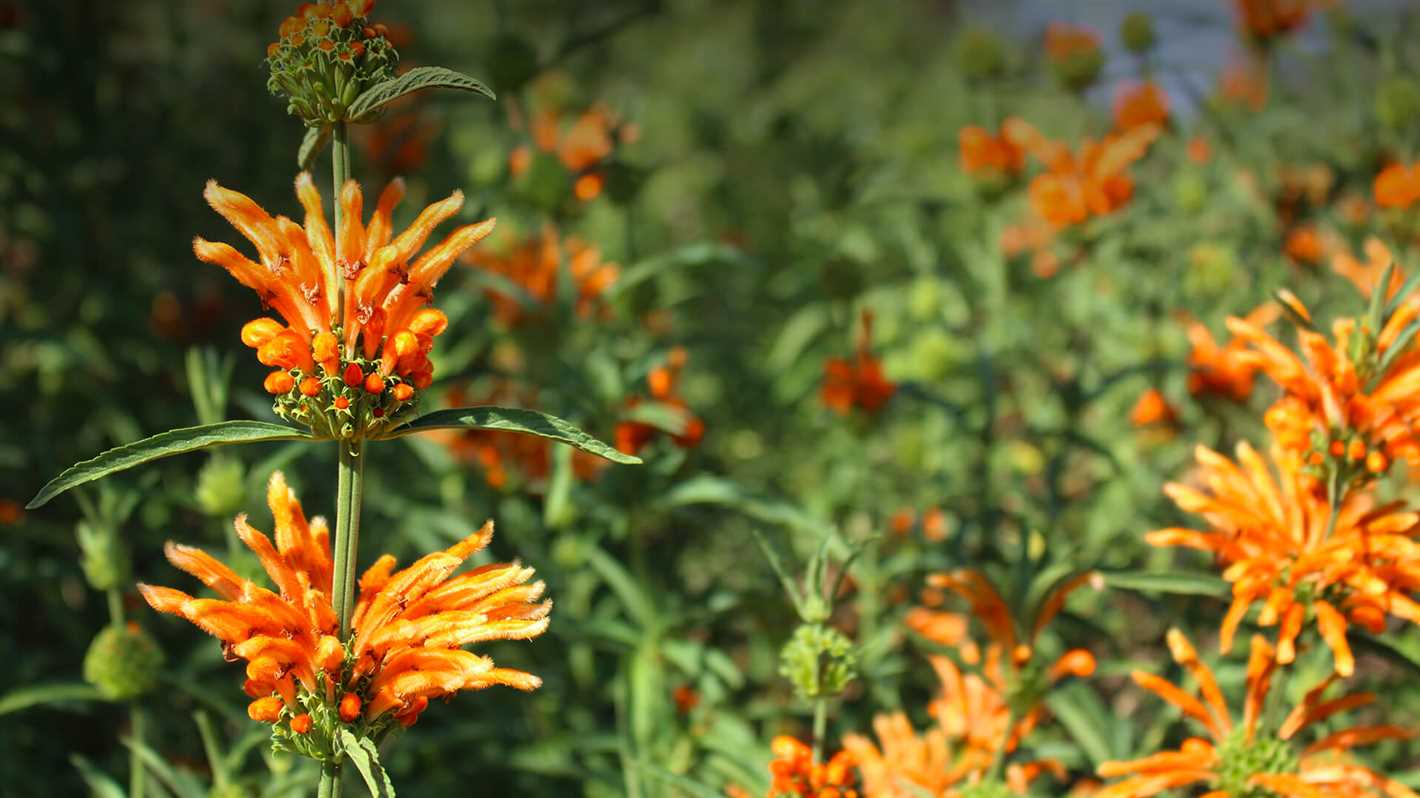
The Lion’s Green plant requires regular watering to maintain its health and vibrant appearance. However, it is important to not overwater the plant as it can lead to root rot. It is best to keep the soil evenly moist, allowing the top inch to dry out before watering again. Use room temperature water and avoid letting the plant sit in standing water to prevent waterlogging.
Light Requirements
Lion’s Green plants thrive in bright, indirect light. Place them near a window with filtered sunlight, ensuring they receive at least 6 hours of light per day. Avoid exposing the plant to direct sunlight for prolonged periods as it can scorch the leaves.
Temperature and Humidity
The ideal temperature range for Lion’s Green plants is between 65-80°F (18-27°C). Keep the plant away from drafts and extreme temperature fluctuations, as it can negatively affect its growth. Maintaining a humidity level of 50-60% is beneficial for the plant, but it can tolerate lower humidity as well.
Fertilizing
Provide regular fertilization to Lion’s Green plants during the growing season (spring and summer) to promote healthy growth. Use a well-balanced houseplant fertilizer and follow the instructions for application. Avoid over-fertilizing, as it can lead to burn and damage the plant.
Pruning
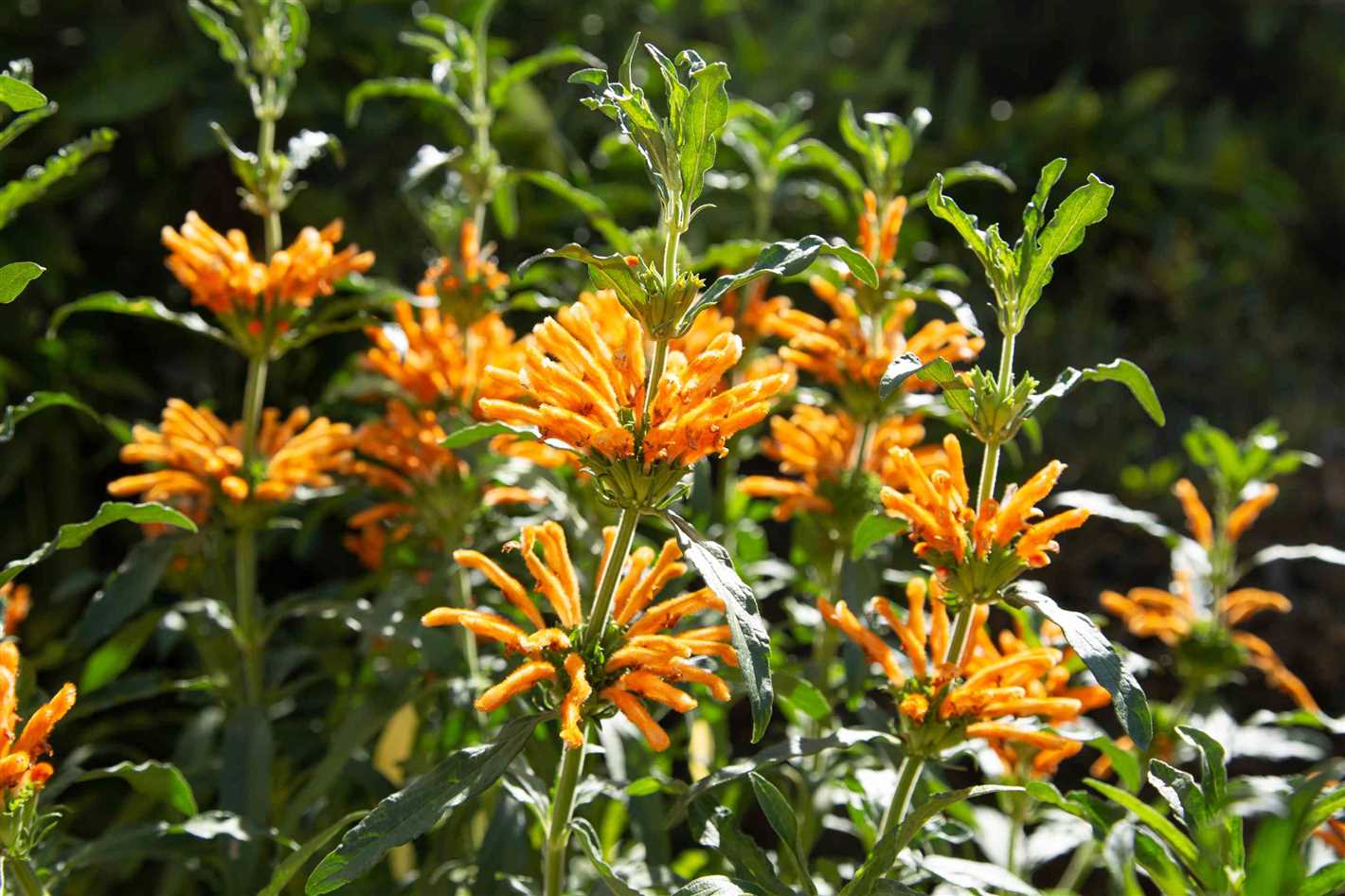
Pruning Lion’s Green plants is essential to maintain their shape and remove any dead or damaged leaves. Use clean and sharp pruning shears to make clean cuts. Prune the plant in spring or early summer when it is actively growing.
Potting and Repotting
Lion’s Green plants prefer to be slightly root-bound, so repotting is not required frequently. Repot the plant every 2-3 years using a pot slightly larger than the current one. Ensure the new pot has drainage holes to prevent waterlogging. Use a well-draining potting mix suitable for indoor plants.
Pest Control
Monitor Lion’s Green plants regularly for pests such as spider mites, mealybugs, and scale insects. These can be treated using organic insecticidal soap or neem oil. Gently wipe the leaves with a damp cloth to remove any dust or pests.
Propagation
Lion’s Green plants can be propagated through stem cuttings or division. Stem cuttings should be taken from healthy, mature plants and rooted in a well-draining soil mix. Division can be done during repotting by separating the plant into smaller clumps, ensuring each clump has roots.
Common Issues
Some common issues faced by Lion’s Green plants include yellowing leaves, which can indicate overwatering or nutrient deficiencies. Brown, crispy leaf tips can be a result of low humidity or excessive fertilizer. Pale, leggy growth may indicate insufficient light.
| Issue | Solution |
|---|---|
| Yellowing leaves | Adjust watering schedule and check for nutrient deficiencies. Ensure proper drainage. |
| Brown, crispy leaf tips | Increase humidity levels and reduce fertilizer application. |
| Pale, leggy growth | Provide more indirect light or move the plant near a brighter window. |
By following these care tips, your Lion’s Green plant will thrive and bring beauty to your indoor space.
Common Problems and Solutions for Lion’s Green
1. Yellowing Leaves
One of the common problems for Lion’s Green is yellowing leaves. This can be caused by a number of factors:
- Overwatering: Ensure that you are not overwatering your Lion’s Green. Allow the soil to dry out between waterings and adjust the watering schedule accordingly.
- Lack of nutrients: Yellowing leaves can also be a sign of nutrient deficiency. Consider using a balanced fertilizer and follow the recommended dosage for your Lion’s Green.
- Poor drainage: If the plant is sitting in waterlogged soil, it can lead to yellowing leaves. Improve the drainage by adding some perlite or sand to the soil.
- Too much direct sunlight: Lion’s Green prefers bright indirect light. If it is exposed to too much direct sunlight, it can cause the leaves to yellow. Move your plant to a location with less direct sunlight.
2. Pest Infestation
Lion’s Green can sometimes be susceptible to pest infestations. Common pests include:
- Mealybugs: These small white insects can be found on the leaves and stems. Use a cotton swab dipped in rubbing alcohol to remove them or use insecticidal soap.
- Aphids: Aphids are small green insects that cluster on new growth. Use a strong jet of water to dislodge them or apply insecticidal soap.
- Spider mites: Spider mites are tiny pests that can cause webbing on the leaves. Use a fine spray of water to remove them or use insecticidal soap.
To prevent pest infestations, regularly inspect your Lion’s Green and isolate any infested plants to prevent the spread.
3. Root Rot
Root rot can occur if the Lion’s Green is overwatered or if the soil retains too much moisture. Signs of root rot include wilting, yellowing leaves, and a foul odor. To prevent root rot:
- Ensure that the soil has good drainage by adding perlite or sand.
- Water your Lion’s Green only when the top inch of soil is dry.
- Remove any affected roots and repot the plant in fresh, well-draining soil.
4. Leaf Spot
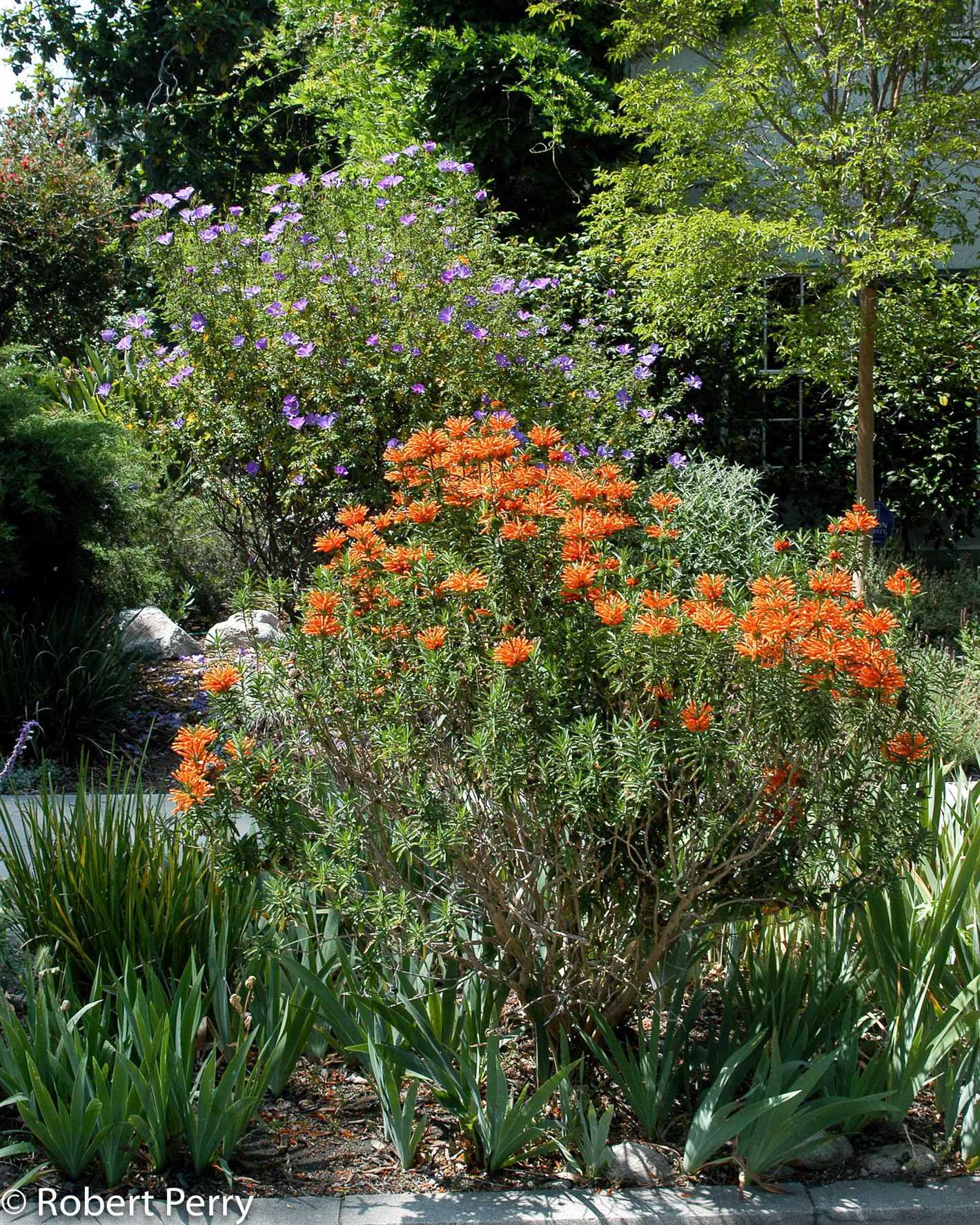
If you notice dark spots or lesions on the leaves of your Lion’s Green, it may be suffering from leaf spot disease. Leaf spot can be caused by fungal or bacterial infections. To treat leaf spot:
- Remove any affected leaves and dispose of them in a sealed bag.
- Improve air circulation around the plant by trimming any overcrowded branches or foliage.
- Avoid wetting the leaves when watering. Water the soil directly.
- Apply a fungicide or bactericide to prevent further spread of the disease.
5. Wilting
If your Lion’s Green is wilting, it may be a sign of underwatering or root damage. Check the soil moisture and adjust the watering accordingly. If the roots are damaged, repot the plant in fresh soil, removing any damaged roots.
Creative Uses of Lion’s Green in Landscaping
Lion’s Green is a versatile and beautiful plant that can be used in various creative ways to enhance your landscaping. Whether you have a small garden or a large outdoor space, here are some creative ideas for using Lion’s Green:
1. Border Planting
Use Lion’s Green to create an attractive border around your flower beds or pathways. Its vibrant green foliage will provide a lovely contrast to colorful flowers and help define the edges of your garden.
2. Ground Cover
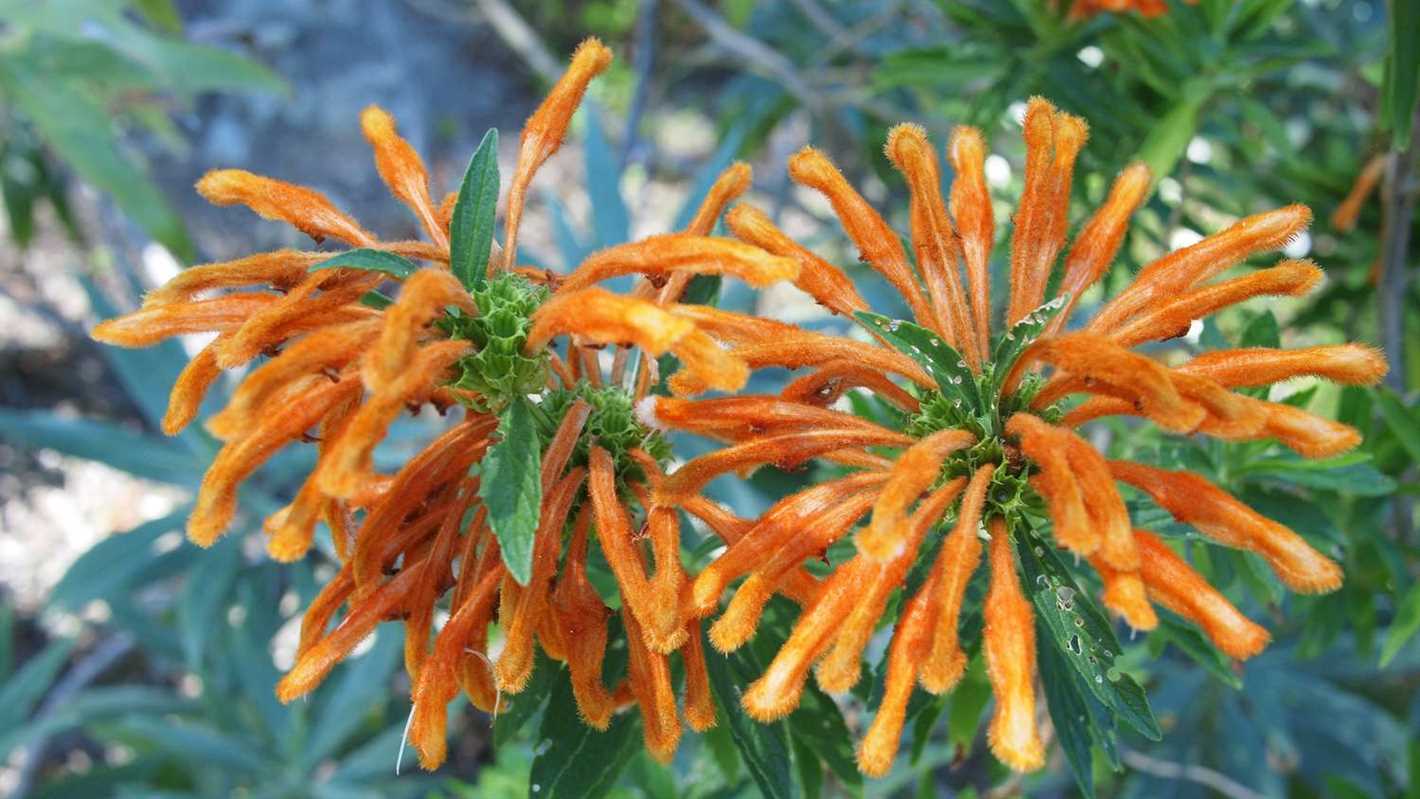
If you have an area that needs some ground cover, Lion’s Green is an excellent choice. Its low-growing habit and dense foliage make it ideal for filling in gaps between other plants and preventing weed growth.
3. Container Gardening
Lion’s Green can be planted in containers and used to add interest to patios, balconies, or other outdoor living spaces. Combine it with other plants of varying heights and colors to create a visually appealing and unique container garden.
4. Rock Gardens
Lion’s Green’s compact size and ability to thrive in rocky soil make it a perfect addition to rock gardens. Plant it among the rocks to create a natural and textured look.
5. Erosion Control
If you have a sloping or eroded area in your garden, Lion’s Green can help control soil erosion. Its strong root system and dense growth pattern effectively hold the soil in place and prevent further erosion.
6. Pathway Planting
Line your pathways with Lion’s Green to create a lush and inviting entrance to your garden. Its soft and carpet-like foliage will add a touch of elegance to any walkway.
7. Accent Plant
Highlight specific areas of your garden by using Lion’s Green as an accent plant. Its vibrant green color and unique texture will draw attention and create focal points in your landscaped areas.
8. Edible Landscaping
Lion’s Green is an edible plant that can be used in culinary creations. Use its young leaves in salads or as a garnish to add a fresh and tangy flavor to your dishes.
Overall, Lion’s Green is a versatile and attractive plant that can be used in a variety of creative ways in your landscaping. Its lush green foliage, low-maintenance nature, and ability to thrive in different conditions make it a perfect choice for adding beauty and interest to your outdoor space.
Questions and Answers:
What is Lion’s Green plant and how to take care of it?
Lion’s Green is a type of plant that requires regular watering, well-drained soil, and a sunny location to thrive. It is important to provide it with proper nutrition and trim it regularly to promote healthy growth.
What are the different types and varieties of Lion’s Green plant?
Some popular types and varieties of Lion’s Green include Miniature Lion’s Green, Golden Lion’s Green, and Variegated Lion’s Green. Each type has its own unique characteristics and appearance.
How often should I water my Lion’s Green plant?
It is recommended to water your Lion’s Green plant once a week, or when the top inch of soil feels dry to the touch. Be careful not to overwater, as this can lead to root rot.
Can Lion’s Green plant be grown indoors?
Yes, Lion’s Green can be grown indoors, as long as it is provided with sufficient sunlight. Place it near a south-facing window or use artificial grow lights to ensure it receives enough light.
What are some common pests and diseases that can affect Lion’s Green plant?
Some common pests that can affect Lion’s Green plant include aphids, mealybugs, and spider mites. Diseases such as root rot and leaf spot can also occur if the plant is not properly cared for.
How can I propagate Lion’s Green plant?
Lion’s Green can be propagated through stem cuttings. Simply take a cutting from the parent plant, remove the lower leaves, and place it in a pot with well-draining soil. Keep the soil moist until roots form.







